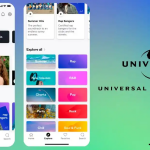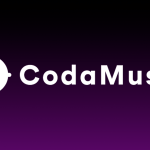It’s THE news of the moment—the one that’s making a lot of noise and being spied on, no doubt, by the world of music streaming. Using a press release, Qobuz has revealed its artist remuneration policy: an interesting and salutary strategy. How much do music streaming platforms pay per stream? The Qobuz case!

How much do music streaming platforms pay per stream? What happened with Qobuz?
On March 20, Qobuz dropped a bombshell on its website. The French-born firm – whose story we tell in detail in this article – revealed how much it redistributes to artists for each stream recorded.
Their words are clear:
“Qobuz distributed royalties due to labels and publishers corresponding to an average amount of US$0.01873 per stream for the fiscal year 2024. In concrete terms, if a track reaches 1,000 plays on Qobuz, this represents US$18.73 paid to these rights holders”.
Qobuz says this remuneration is five times higher than the market average. But what does this correspond to?
Qobuz continues: “In terms of average revenue per user (ARPU), Qobuz generated average revenue of US$121.13 per year, where the market average is US$22.38 per year”.

Remember that the money generated by streams does not go directly into the artists’ pockets. It is transferred to the rights holders, who then redistribute it to musicians, singers, producers, and others. It all depends on their contracts and how much they get back on the objects of their creation.
This is the first time a platform has revealed its figures in music streaming history. How much do music streaming platforms pay per stream? Qobuz has revealed all!
Nuances
Qobuz’s effort is commendable, and we at Soundiiz, welcome it. However, our integrity and duty to inform our readers oblige us to clarify some things. Qobuz claims that its remuneration is higher than that of its competitors. However, as no official information about these competitors has yet been filtered out, it is impossible to verify this information. Moreover, Qobuz promises that an auditing firm independently assesses its figures. We have no reason to disbelieve them, but confidentiality agreements prevent Qobuz from revealing the name of this company, again making the information difficult to verify.
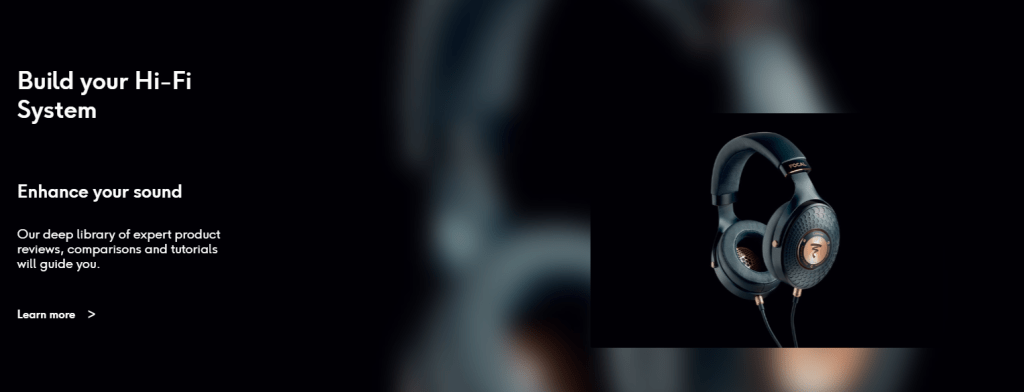
Also, Qobuz can afford to pay the rights holders more, as the service does not offer a non-paying version. Qobuz services are 100% pay-as-you-go, enabling complete redistribution of rights.
How much do music streaming platforms pay per stream? A bit of background
This comes against a backdrop of heated debate. In addition to numerous debates concerning the financial health of artists at a time when streaming is gaining momentum, platforms such as Deezer have recently committed to better revenue redistribution. They have also pledged to change their business model, basing themselves on an artist-centric system while limiting the harmful impact of AI on artists. Qobuz is also taking a step in this direction, but in a way that removes the vagueness of its remuneration systems.
While Deezer‘s approach is commendable and interesting, it is opaque for most music listeners, who, for the moment, cannot see the impact of these changes on the artists they listen to daily. Reading, in black and white, how much each of these streams earns is a more precise and more concrete way of knowing what to act on!

A few days ago, a report on the financial state of the music streaming market was unveiled. This article details its conclusions: it shows that music streaming platforms have never attracted so many listeners. The Qobuz revelations come at just the right time and add to the data we already have!
How much do music streaming platforms pay per stream? What could happen next?
It’s as if Qobuz has broken a long-standing silence. The topic of artist remuneration has been a mystery, and despite the curiosity of many listeners and artists, no platform has ever disclosed how much it redistributes to rights holders. By choosing transparency about its remuneration system, Qobuz says: “This is what you can do; this is what we do. Now it’s your turn.” This act of transparency is a revelation and a call to action, empowering listeners to make informed choices and influence the industry.
That’s more or less what Qobuz CEO Georges Fornay says:
“This unprecedented move in our industry is a necessary first step toward promoting a fairer and more sustainable streaming model. Choosing Qobuz means taking concrete action for fairer compensation for all artists and supporting musical diversity, values that our customers cherish.”
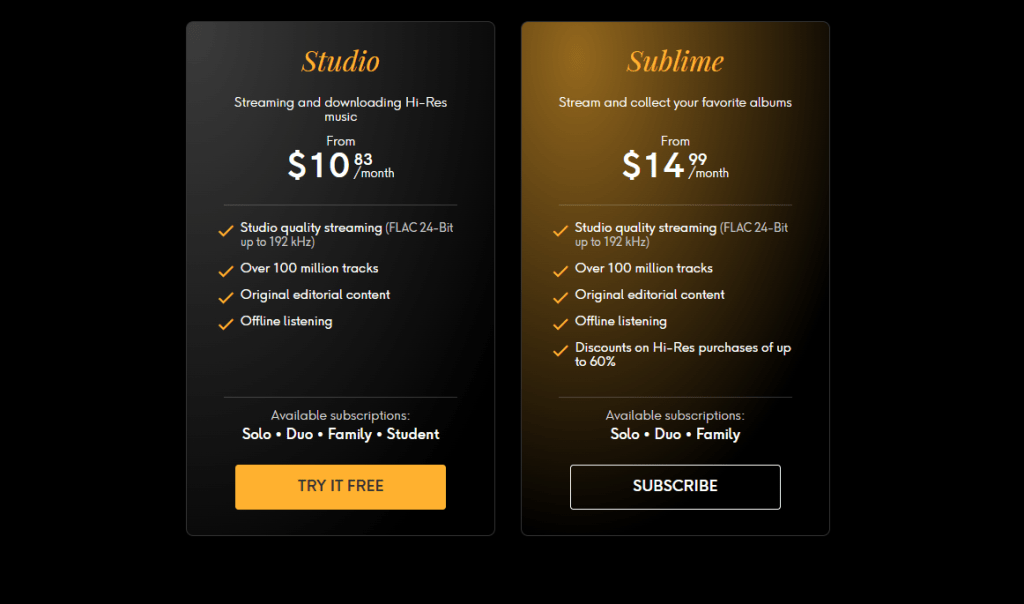
Two things can happen. For the sake of transparency, some platforms may also reveal their remuneration data. If these are satisfactory, it could be an interesting marketing move. Like Qobuz, they will side with the artists on a controversial issue. This can give them a competitive edge and encourage listeners to use these services. On the other hand, some platforms may choose to maintain their current practices, arguing that their business model is sustainable and that revealing their remuneration data could be detrimental to their operations. In a context of standardization, where platforms offer more or less the same catalog and the same features, why not choose one that makes an effort to be transparent and redistributive?
Making this choice is a clear and definitive act and a way of positioning ourselves as listeners. By supporting platforms like Qobuz, listeners can contribute to a fairer compensation system for artists and support musical diversity. Knowing that your streaming choices positively impact the music industry can be a rewarding experience. And perhaps encourage other platforms to follow suit?
What else could happen?
The alternative is for music streaming services to keep their remuneration policies vague. At Soundiiz, we believe this is the most credible option. Playing the card of total sincerity can be risky in a context where many platforms are criticized for lacking transparency. Indeed, it’s hard to imagine that whatever the figures reveal, they would be considered insufficient by many music listeners. We now know that Qobuz, even without knowing the statistics for the other platforms, is the most profitable platform. To follow its example would be to shoot yourself in the foot.

Could the Qobuz revelations be the start of a significant shift? That’s the question on everyone’s mind, and the next few months may hold the answer. Qobuz’s transparency could spark a chain reaction, leading to a transformation in the music streaming landscape. This potential for change is not just intriguing, but it also invites the audience to stay engaged and watch for further developments.
By revealing its figures, Qobuz has symbolically put the power back in the hands of listeners. It’s as if Qobuz is saying that only they, or almost only they, have the power to change things. By choosing to support a service that acts in the interests of artists, listeners can play a crucial role in shaping the future of the music streaming industry. This emphasis on the audience’s influence is not just empowering, but it also underscores their importance in the industry’s dynamics.
What else does Qobuz offer?
From the outset, Qobuz has based its expansion on the audio quality of its services. Several audiophile sites have repeatedly placed Qobuz at the top of the platforms, offering the best possible HD option for listening to music. We just compared TIDAL and Qobuz, two platforms unanimously cited as the most successful in targeting the audiophile segment. For years, Qobuz has been the music streaming service for those for whom audio matters most.
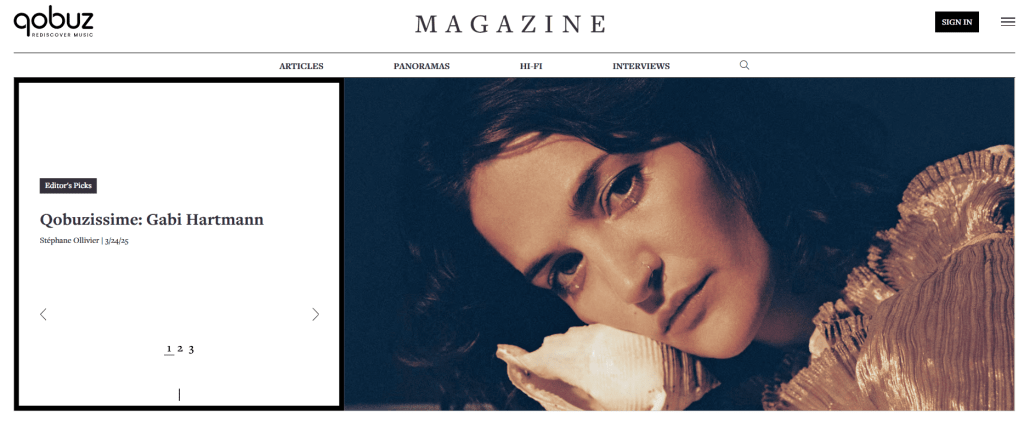
But Qobuz also stands out for the quality of its editorial content. Over the years, Qobuz has become a genuinely credible music media with fine expertise, publishing numerous interviews and features by talented journalists. At Soundiiz, we appreciate this. In a fast-paced age where music media has lost its impact, Qobuz continues digging the furrow of reading.
They also offer contextual information on albums and album covers, as if you had the physical object at home!
How to transfer your playlists, albums and all of your data to Qobuz?
If you appreciate Qobuz’s transparency, you may be tempted to transfer all your data from your previous streaming platform to the French service. Not only would this enable you to enjoy all that Qobuz has to offer, but it would also allow you to act, at your level, towards fairer remuneration of rights holders.

Thanks to the Transfer function developed by Soundiiz, you won’t have to rack your brains. You’ll be able to retrieve all the data you accumulated on your previous platform directly from your Qobuz account. Soundiiz lets you switch easily from Spotify to Qobuz, from Apple Music to Qobuz, from Deezer to Qobuz, from YouTube Music to Qobuz, from Amazon Music to Qobuz, or from TIDAL to Qobuz!
Playlists, tracks liked, albums, artists followed… You won’t lose a thing; the process will only take a few minutes. Our users have been using our services for years, and we’re constantly improving them to make Soundiiz the ideal companion for your daily music listening.
To test our services, click here!


